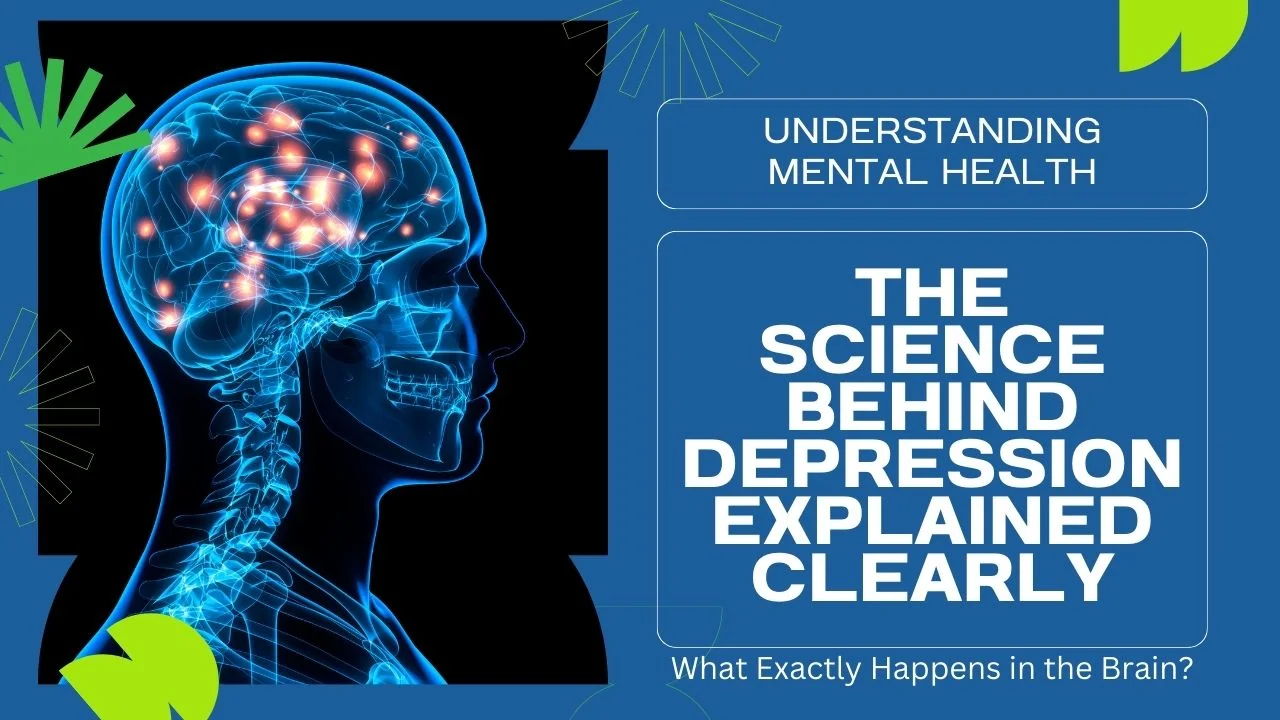It is a psychiatric illness affecting many people around the world; depression encompasses feelings of sadness or low, and therefore cannot be classified merely into having a bad day. However, even if the emotional and environmental factors contributing to depression are well understood, the root of the problem often lies deep within the brain’s chemistry and structure. Knowing how depression works scientifically can help explain and give meaning to what the best TMS treatment in the world today can do.
The Role of Brain Chemistry
The brain depends on a delicate equilibrium of neurotransmitters—chemical messengers that affect mood, cognition, and overall mental health. This balance is often disrupted in those with depression, contributing to mood instability and negative thought cycles.
Serotonin:
Known as the “happy neurotransmitter,” the main function of serotonin in the body is to help regulate mood sleep, and appetite. Low serotonin can contribute to an increase in feelings of sadness and anxiety.
Dopamine:
This neurotransmitter relates to pleasure and motivation. A lack of dopamine can also cause feelings of hopelessness and loss of interest in activities that used to be pleasurable.
Norepinephrine:
The role of this chemical is in regulating alertness and energy levels. Such imbalances may lead to fatigue and problems in concentration — classic symptoms of depression.
Changes in Life are so Embodied in the Depressed Brain
Using brain imaging techniques, like MRI and PET scans, studies have shown structural changes in the brains of individuals with depression. Among the more significant changes are:
- Chronic depression individuals will tend to have a smaller hippocampus which is involved in memory and emotional regulation. This shrinkage is supposedly due to prolonged exposure to stress hormones, especially cortisol.
- Dysfunctional Prefrontal Cortex: The parts of our brain involved in decision-making and emotional regulation, the prefrontal cortex, are often less active in people who are depressed. This makes it hard to keep our emotions under control, and to think clear-headed.
- Overactive Amygdala: In depression, the amygdala, the brain’s emotional response center, becomes overactive. Going into more detail, this increased activity can make them more receptive to negative stimuli, magnifying feelings of sadness and fear.
How Depression Treatment Works
Because depression is so multifaceted, effective treatment typically requires a combination of therapies that address both chemical imbalances in the brain and structural alterations.
- Medication: Treatment is typically antidepressants (SSRIs, or selective serotonin reuptake inhibitors), which work to increase serotonin levels in the brain and improve mood over time.
- Psychotherapy: Cognitive Behavioral Therapy (CBT) — CBT is commonly used to assist people in restructuring harmful thought patterns to develop healthier coping strategies.
- Quality of Life Improvements: Regular physical activity, a nutritious diet, and holistic practices like mindfulness and yoga can alter brain neurotransmitter dynamics for the better.
- Transcranial Magnetic Stimulation (TMS) — This is one of the most modern and effective treatments for depression available today. The most effective TMS treatment options today can indeed provide most patients with massive relief from depressive symptoms.
The Neuromind Way of Depression Treatment
We offer advanced treatment for depression like TMS treatment that revamps the function of the brain for better functioning of the mind at The Neuromind. With science-based therapies, our team of consultants focuses on individualized treatment to help reclaim lives.

